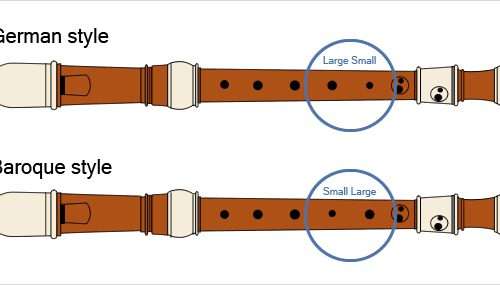
History of the pipe
Contents
Dudkoy It is customary to call a whole group of folk wind instruments. Musical instruments representing this class look like hollow tubes made of wood, bast, or stems of hollow plants (for example, motherwort or angelica). It is believed that the pipe and its varieties were used mainly in Russian folklore, however, there are a huge number of wind instruments common in other countries, similar in structure and sound to them.
Flute – a wind instrument of the Paleolithic times
Pipes and their varieties belong to the class of longitudinal flutes, the most ancient form of which is the whistle. It looked like this: a tube made of reed, bamboo or bone. At first it was used only for whistling, but then people realized that if you cut or gouge holes in it, and then close and open some of them when playing, you can get sounds of different heights.
The age of the oldest flute found by archaeologists is approximately 5000 years BC. The material for its manufacture was the bone of a young bear, in which 4 holes were carefully made on the side with the help of an animal’s fang. Over time, primitive flutes were improved. At first, one of the edges was sharpened on them, later a special whistle device and a tip resembling a bird’s beak appeared. This greatly facilitated the sound extraction.
The pipes have spread all over the globe, acquiring their own individual characteristics in each country. The closest relatives of pipes from the class of longitudinal flutes include: – Syringa, an ancient Greek wind instrument, mentioned in Homer’s Iliad. — Qena, a 7-hole reed flute without a whistle, common in Latin America. – Whistle (from the English word whistle – whistle), widely used in Irish and Scottish folk music and made from wood or tinplate. – Recorder (a flute with a small block in the head of the instrument), which became widespread in Europe at the beginning of the last millennium.
The use of pipes among the Slavs
What kind of wind instruments are usually called pipes? A pipe is a pipe, the length of which can vary from 10 to 90 cm, with 3-7 holes for playing. Most often, the material for manufacturing is the wood of willow, elderberry, bird cherry.  However, less durable materials (reed, reeds) are also often used. The shape also differs: the tube can be even cylindrical, it can narrow or expand towards the end, depending on the type of instrument.
However, less durable materials (reed, reeds) are also often used. The shape also differs: the tube can be even cylindrical, it can narrow or expand towards the end, depending on the type of instrument.
One of the oldest varieties of pipes is a pity. It was mainly used by shepherds to call their cattle. It looks like a short reed tube (its length is about 10-15 cm) with a bell at the end. The game is quite simple and does not require special skills or training. In the Tver region, a variety of zhaleika, made from willow keychain, has also become widespread, which has a much more delicate sound.
In the Kursk and Belgorod regions, shepherds preferred to play the pyzhatka – a longitudinal wooden flute. It got its name from a beak-like shear sleeve inserted at one end of the instrument. The sound of the pyzhatka is slightly muffled, hissing: it is given by a thread soaked in wax and wound around the tube.
One of the most common instruments was the kalyuk, also known as the “herbal pipe” or “forcing”. The material for its manufacture was usually thorny plants (hence the name “kalyuka”), but short-lived puddle flutes were often made from hogweed or plants with empty stems. Unlike the above types of pipes, the forcing had only two playing holes – inlet and outlet, and the pitch of the sound varied depending on the angle and strength of the supplied air stream, as well as on how open or closed the hole at the lower end of the instrument. Kalyuka was considered an exclusively male instrument.
The use of pipes at the present time
Of course, now the popularity of traditional Russian instruments is not as great as, for example, several centuries ago. They were supplanted by more convenient and more powerful wind instruments – transverse flutes, oboes and others. However, even now they continue to be used in the performance of folk music as an accompaniment.





